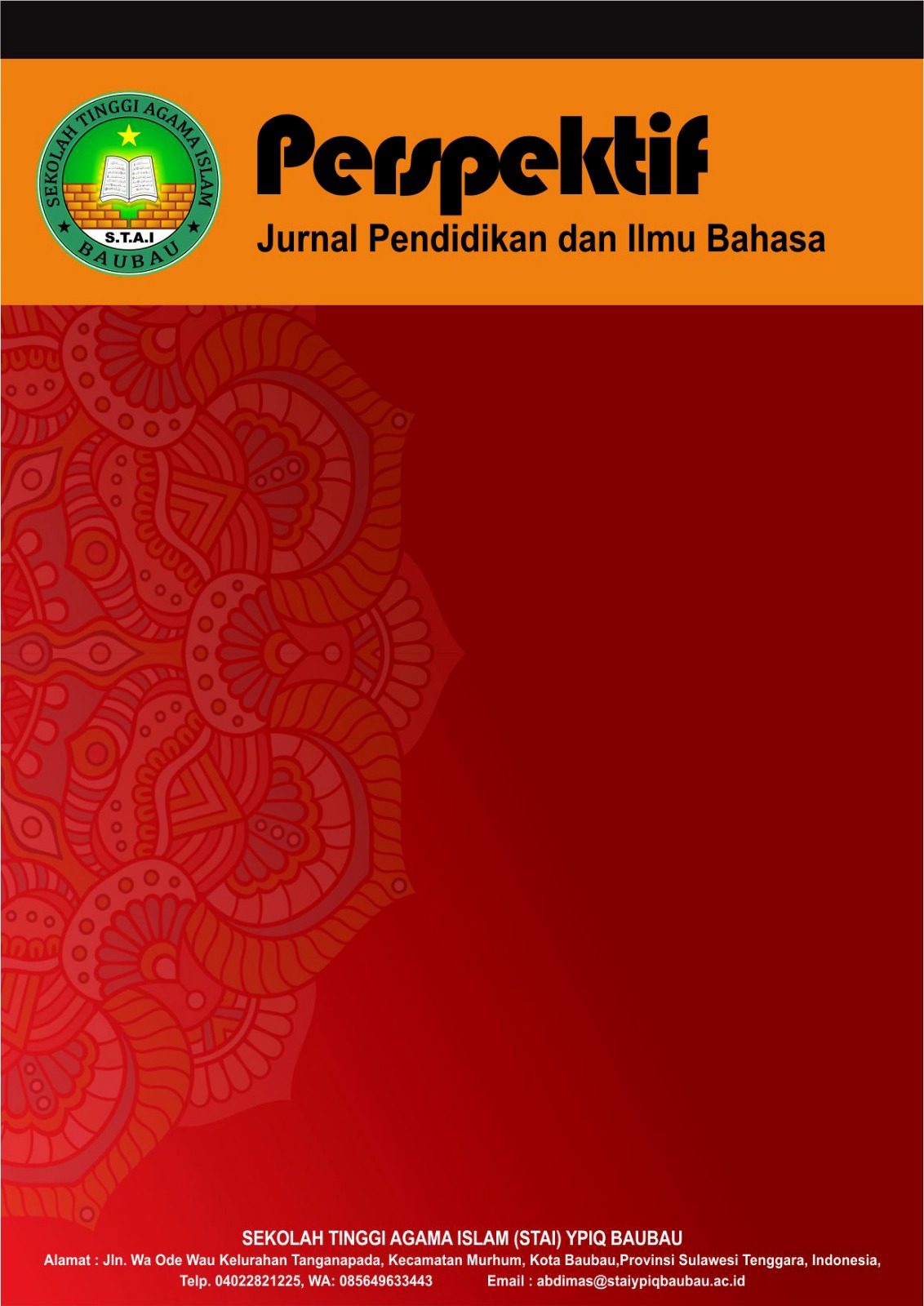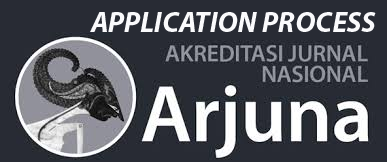Analisis Campur Kode dalam Film Imperfect Season 2 Episode 1–5
DOI:
https://doi.org/10.59059/perspektif.v3i3.2697Keywords:
code, culture, film, identity, sociolinguisticsAbstract
Language variation in the form of mixed code is a linguistic symptom that is often found in bilingual and multilingual communities, especially in popular media such as movies. This study aims to identify and describe the mixed forms of code that appear in the second season of the Imperfect: The Series series, specifically in episodes 1 to 5. This study uses a qualitative descriptive approach with data collection techniques in the form of recording and analysis of dialogues between figures that contain mixed elements of code. The research instrument is in the form of dialogue transcripts that are analyzed with a sociolinguistic approach, mainly based on the theory of mixed code according to Suwito (1985) and the theory of relevance of the social context according to Holmes (2013). The results of the study revealed two main categories of forms of code mixing, namely inner code mixing involving elements of regional languages, and outer code mixing which includes the insertion of words or phrases from foreign languages, such as English. Based on data analysis, it was found that there were 12 data mixed in code and 18 data mixed in code out. This phenomenon shows that the use of mixed codes in character dialogue not only serves as a marker of social and cultural identity, but also as a reflection of the dynamics of communication in a pluralistic and modern urban society. In addition, the use of mixed codes in audiovisual media also has pragmatic and aesthetic implications, which can strengthen character characterization, create humorous effects, adjust the context of social situations, and increase narrative appeal to young audiences who are familiar with multilingualism.
References
Aisyah, N. (2019). Analisis campur kode pada tayangan sinetron komedi "Tukang Ojek Pengkolan" episode Maret-April 2019 (Tesis). Jurusan Sastra Indonesia, Universitas Ahmad Dahlan.
Amri, Y. K., & Putri, D. M. (2019). Sosiolinguistik: Analisis interferensi budaya pada media sosial. Bandung: Penata Aksara Aep SH.
Cahya, F., Leni, F., & Ika, F. (2023). Analisis campur kode ke luar (outer code mixing) pada lagu "Hari Bahagia" ciptaan Atta Halilintar. Jurnal Bahasa dan Sastra Indonesia, 3(1), 23-31. https://doi.org/10.47709/jbsi.v3i01.2246
Chaer, A., & Agustina, L. (2010). Sosiolinguistik: Perkenalan awal. Jakarta: Rineka Cipta.
Devianty, R. (2017). Bahasa sebagai cermin kebudayaan. Jurnal Tarbiyah, 24(2), 266-245.
Febrianto, A., Rakhmawati, A., & Saddhono, K. (2022). Dimensi masalah sosiolinguistik. Jurnal Sosial Humaniora Sigli, 5(2), 308-311. https://doi.org/10.47647/jsh.v5i2.916
Habah, A. M., Sari, C. K. P., & Rahmah, F. A. (2024). Tindak tutur lokusi dan ilokusi dalam podcast Curhat Bang Denny Sumargo "Najwa Shihab maju capres di 2024!? Sekarang Indonesia sedang krisis kritik!!". Jurnal Inovasi Pendidikan, 6(2), 604-620.
Kaamiliyaa, S., Irawati, R. P., & Kuswardon, S. (2023). Alih kode dan campur kode dalam interaksi sehari-hari oleh santriwati Pondok Modern Darul Falach Temanggung (Kajian Sosiolinguistik). Lisanul Arab: Journal of Arabic Learning and Teaching, 12(1), 94-111. https://doi.org/10.15294/la.v12i1.67522
Lupitasari, N., Sutejo, & Setiawan, H. (2022). Campur kode dalam dialog film Kurang Garam disutradarai oleh Kiky Zkr. Jurnal Bahasa dan Sastra, 9(2), 133-139.
Markhamah, et al. (2022). Kajian bahasa: Perspektif multidisiplin. Surakarta: Muhammadiyah University Press.
Nurhichmah, D. P., & Setyorini, R. (2021). Analisis campur kode pada dialog antar tokoh dalam film Imperfect: The Series: Kajian sosiolinguistik. Prosiding Seminar Nasional Linguistik dan Sastra (SEMANTIKS).
Paramitha, N. P. (2017). Implementasi pendekatan sosiolinguistik dalam pembelajaran bahasa Arab. Jurnal Komunikasi dan Pendidikan Islam, 6(2), 163-191. https://doi.org/10.36668/jal.v6i2.75
Rahayu, I. (2017). Bilingualisme pada masyarakat Desa Matanghaji. Jurnal Pendidikan Bahasa dan Sastra Indonesia. https://doi.org/10.33603/deiksis.v4i2.614
Rahima, A., & Tayana, N. A. (2019). Campur kode bahasa Indonesia pada tuturan berbahasa Jawa dalam film Kartini karya Hanung Bramantyo. Aksara: Jurnal Ilmiah Pendidikan Bahasa dan Sastra Indonesia, 3(2), 133-142. https://doi.org/10.33087/aksara.v3i2.127
Siha, A. (2024). Analisis campur kode pada film Kaka Boss karya Arie Kriting: Kajian sosiolinguistik. Kajian Linguistik dan Sastra, 3(1), 151-160.
Sukmana, A. A., Wardarita, R., & Ardiansyah, A. (2021). Penggunaan alih kode dan campur kode dalam acara Mata Najwa pada stasiun televisi Trans7. KREDO: Jurnal Ilmiah Bahasa dan Sastra, 5(1), 206-221. https://doi.org/10.24176/kredo.v5i1.5872
Yastanti, U. (2016). Campur kode pada pidato Presiden SBY dalam perayaan HUT ke-69 Republik Indonesia. Lingua, 13(2), 255-264. https://doi.org/10.30957/lingua.v13i2.180
Downloads
Published
How to Cite
Issue
Section
License
Copyright (c) 2025 Perspektif : Jurnal Pendidikan dan Ilmu Bahasa

This work is licensed under a Creative Commons Attribution-ShareAlike 4.0 International License.








